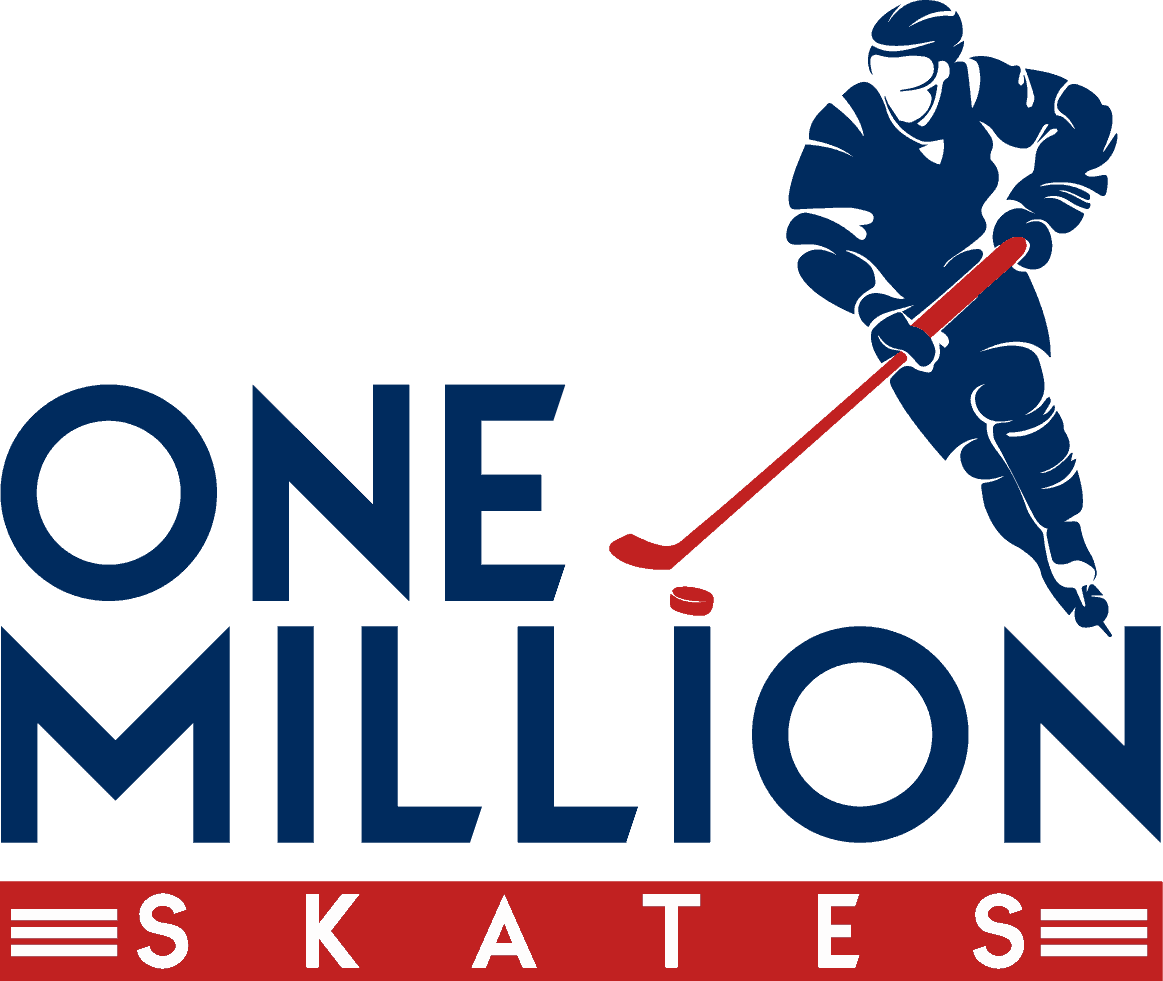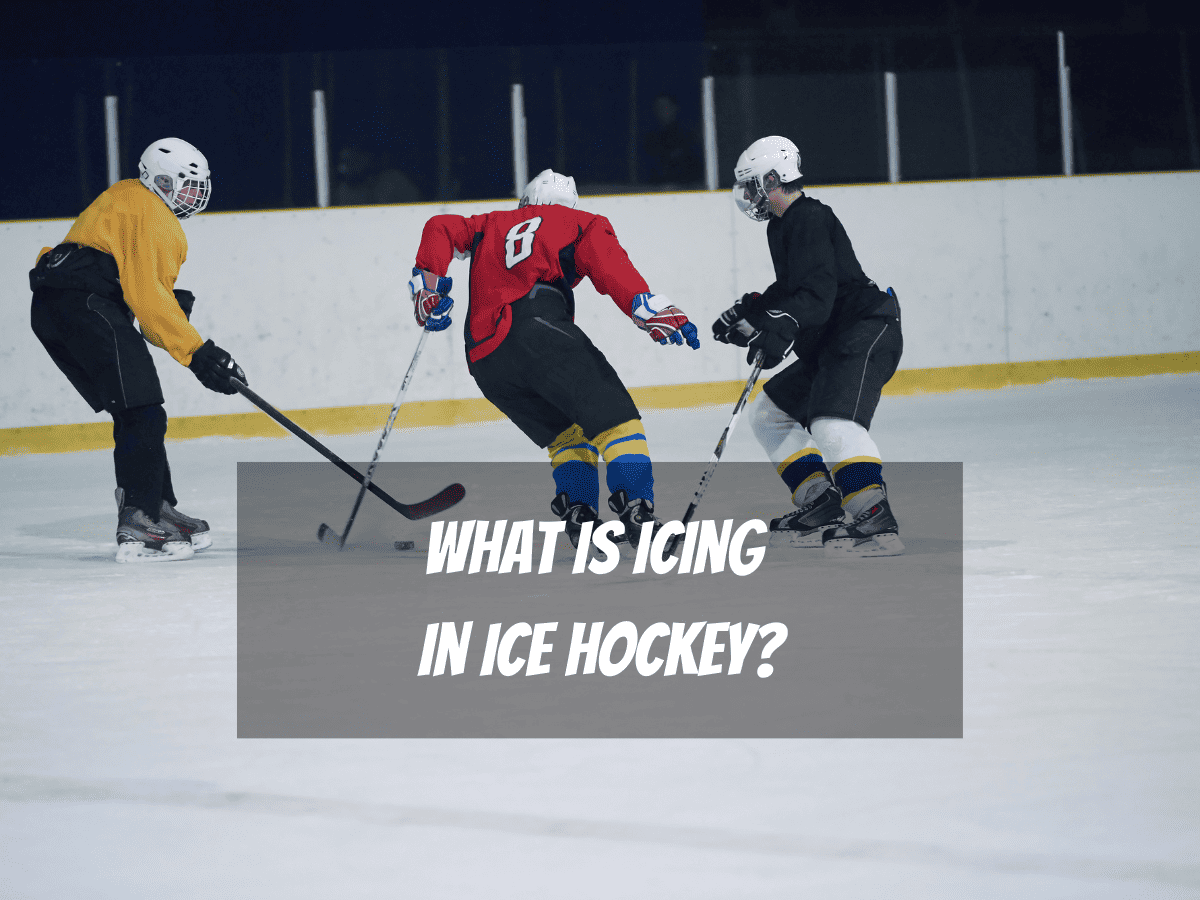As hockey enthusiasts, we know how intense and thrilling a game can get, and icing is one of those intricate rules that amplifies the thrill.
The icing rule has been a fundamental part of ice hockey since its introduction in 1937 and continues to be an essential part of the game today. While it can be a tad confusing at first, understanding it can enhance your enjoyment of the game. Let's delve deeper into the concept.
Decoding the Icing Rule in Hockey
In its simplest terms, icing occurs when a player shoots the puck across the center red line and past the goal line of the opposing team without any other player touching it. When icing is called, an automatic stoppage in play occurs, and a faceoff is held in the zone of the team responsible for the icing.
Bear in mind that the icing rule isn't absolute and comes with several nuances and exceptions. It doesn't matter where the puck was shot from within your half of the zone. If it's launched before you cross the center red line and goes past the goal line, it's still icing.
Two important aspects to remember include:
- If the puck is shot before the center red line but doesn't reach the opposing goal line, it's not icing.
- Linesmen have the discretion to not call icing if they believe the opposing team could have played the puck before reaching the goal line.
Hybrid Icing: A Safe and Fair Solution
Hybrid icing, or no-touch icing, adds an interesting dimension to the game. Contrary to what the name suggests, it isn't an automatic icing rule. Instead, it's designed to maintain the spirit of competition while ensuring player safety.
If a player shoots the puck down the ice, the icing call can be waived off if a member of the same team touches the puck first after it passes the goal line. However, to prevent injuries, the race to the puck doesn't end at the boards but at the faceoff dots in the defensive zone. It's a clever balance that maintains competitiveness while prioritizing safety.
Consequences of Icing: The No Line Change Rule
In the 2005-06 season, the NHL increased the icing rule's implications by disallowing line changes post-icing. The rule meant that the team causing the infraction couldn't refresh its players on the ice. It proved to be a substantial deterrent, leading to players being more cautious not to ice the puck.
Creative Play: Icing Without Icing
Being skilled athletes, hockey players quickly adapt to rule changes and devise clever strategies. Instead of traditional icing, players often flick the puck high into the air and down the ice. The puck usually lacks the power to cross the goal line, allowing the team to clear the defensive zone and make a line change without icing consequences.
Icing during a Penalty: An Exception
During a penalty kill, a team can ice the puck without stopping the play. This rule helps balance the scales by allowing penalty-killing teams to change players more frequently and keep fresher players on the ice. It also helps maintain the game's flow, as the alternative would be numerous stoppages in play.
Gaining the Red Line: A Key Strategy
The concept of "gaining the red line" heavily influences the gameplay. A player who crosses the center red line can shoot the puck into the opposing team's defensive zone, providing an opportunity for a line change or to establish an offensive forecheck.
The Role of Goalies in Icing
Even goalies aren't exempt from the icing rule. If a goalie shoots the puck to the opposite end of the ice, it will still be called icing. However, a goalie can nullify the icing by coming out to play the puck or touching it before it crosses the goal line.
Moreover, if a player from the opposing team touches the puck before it reaches the goal line, icing is waived off, and play continues.
Icing in Recreational Leagues
In most recreational leagues, icing is automatically called when the puck crosses the goal line. This rule simplifies the game and makes it more accessible for beginners.
We hope that this detailed overview has deepened your understanding of the icing rule in hockey. By knowing the nuances of this fundamental rule, you can enjoy and appreciate the game at a whole new level.

